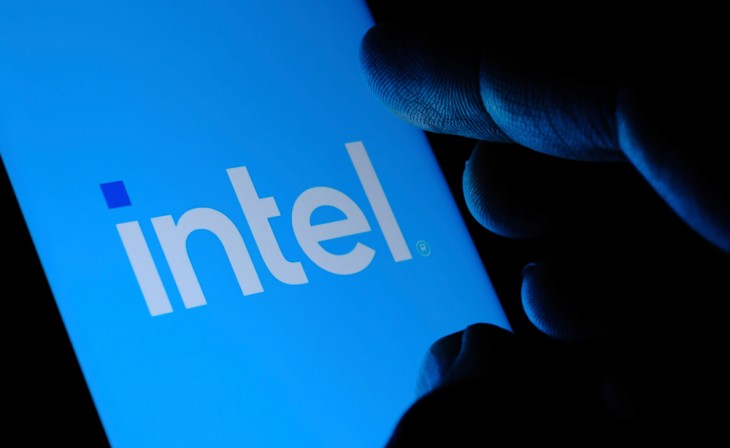Intel will introduce Wi-Fi 7 in PCs in 2024
Although Wi-Fi 6 (and Wi-Fi 6E) were significant advancements over prior standards, Wi-Fi 7 will be the version that permits local wired networks to be supplanted by wireless ones.
Wi-Fi 7 is defined as 802.11be, and it emphasizes two major benefits that have been repeated in each subsequent edition of the standard: faster speeds and less network congestion.
According to the WiFi Alliance, the next version will offer a throughput of 30 Gbps or higher, which is a significant improvement over the maximum speeds of 9.6 Gbps possible in Wi-Fi 6.
Multiple suppliers are working on its debut, and we now have Intel's roadmap from a press conference held by Eric McLaughlin, the company's vice president of wireless solutions. Despite exiting the router and gateway industry, the chip giant remains the world's leading maker of Wi-Fi modules for personal computers.
According to the CEO, Intel chips with Wi-Fi 7 functionality will be delivered towards the end of 2024, first in laptops and then in the rest of the personal computer sectors.
Intel may slip behind the competition if this schedule is followed. The first Wi-Fi 7 network devices (routers, access points, and so on) are due in 2023, and providers such as MediaTek and Qualcomm have already made technological demonstrations for the new standard using the ARM architecture. We'll see.
Wi-Fi 7
- Theoretical data transfer rate of up to 46 Gbps.
- 320 MHz bandwidth, doubling that of Wi-Fi 6.
- More efficient use of contiguous and non-contiguous spectrum.
- Aggregation and multiband/multichannel operation.
- Quadrature Amplitude Modulation QAM up to 4094
- Double the number of spatial streams from 8 to 16 and improvements to the MIMO function.
- Improved resource allocation in OFDMA.
- Multi-User Resource Unit (MRU) to increase the ability to connect more devices at higher speeds and with fewer interruptions.
- Enhancements to Multi-Link Operation (MLO) technology
- Coordination of multiple access points (AP) in coordinated and joint transmission.
- Enhanced link adaptation and retransmission protocol
Post by Bryan C.




